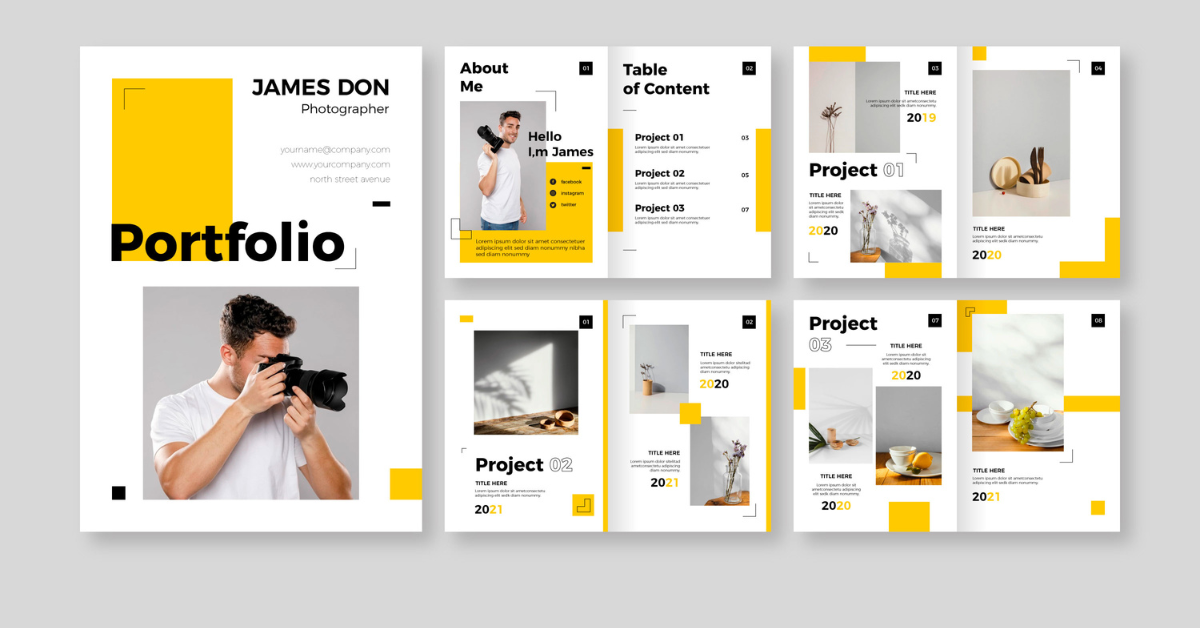In today’s competitive world, having an online portfolio is crucial for any developer. It acts as your digital resume, giving potential employers and clients a glimpse of your skills and achievements. A well-designed portfolio shows what you’ve worked on and demonstrates your ability to create polished, user-friendly websites. In this guide, we’ll explore why you need a portfolio, the essential sections to include, and design tips.
Why You Need a Portfolio
A portfolio is your personal branding tool. For developers, it’s essential to showcase completed projects, especially if you’re looking for work in tech. A strong portfolio helps demonstrate your capabilities beyond what’s written on your resume. It allows employers to see your coding style, creativity, and problem-solving skills in real-world applications. In many cases, having a well-rounded portfolio can be the deciding factor between getting a job interview or not.
Moreover, a portfolio gives you a space to document your growth. It shows not just your finished work, but also how your skills have improved over time. For clients, it builds trust because they can see what you’re capable of, making it easier to decide if you’re the right fit for their projects.
Essential Sections of a Portfolio
To make your portfolio effective, certain sections are a must. Here are the essentials:
- Projects: This is the heart of your portfolio. Showcase your best work here. Include detailed descriptions of each project, explaining the tech stack you used, the challenges you faced, and how you solved them.
- Bio: Write a short introduction about yourself. Highlight your background, experience, and what makes you unique as a developer. Keep it professional but personable.
- Contact Information: Make it easy for potential employers or clients to get in touch with you. Include your email and social media profiles.
- Skills: List the technologies and tools you’re proficient in, such as HTML, CSS, JavaScript, and any frameworks or libraries you’ve worked with.
Design Tips for a Professional Portfolio
Your portfolio is a reflection of your design skills, so it’s important to make it visually appealing and user-friendly. Here are a few tips:
- Keep It Simple: Clean and minimal designs are always in style. Don’t overcrowd your pages with unnecessary elements. Focus on showcasing your projects clearly.
- Responsive Design: Ensure that your portfolio works well on all devices. Many people will view it on their phones or tablets, so a responsive layout is essential.
- Use High-Quality Images: Include screenshots or GIFs of your projects in action. This gives visitors a better idea of what you’ve built and how it functions.
- Easy Navigation: Make sure users can easily navigate between different sections of your portfolio. A sticky navigation bar can help with this.
- Consistent Color Scheme: Use a cohesive color palette that reflects your personal brand. Stick to a few colors and use them consistently across the site.
Conclusion
Creating a portfolio website is a must for any developer. It showcases your skills, highlights your best projects, and gives you a professional online presence. By including key sections like projects, bio, and contact info, and following simple design tips, you can build a portfolio that stands out. Even with basic HTML, CSS, and JavaScript, you can create an impressive portfolio site that reflects your abilities and helps you land your next opportunity.
